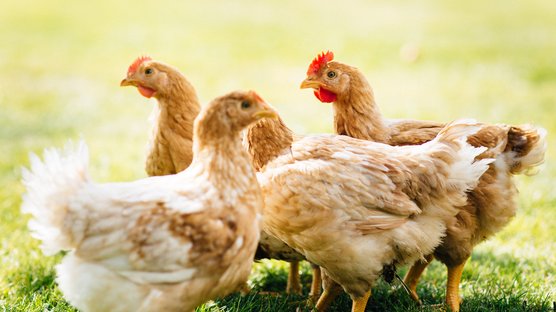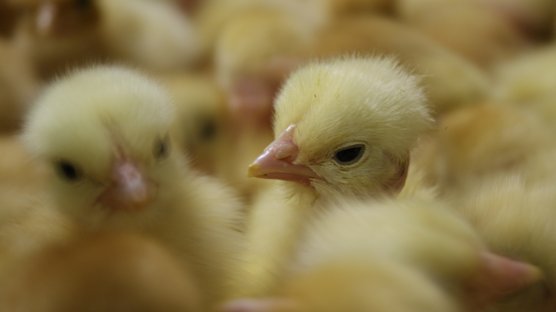
Published on June 30, 2024
Control of production
Control of production is a key element in guaranteeing consistently good results. In this article, we'll look at how to control animal and egg weights, as well as how to sort roosters during the reproduction phase, and evaluate the laying rate.
Control of the weight of the animals and sorting of roosters
As in the rearing phase, the farmer weighs 10% of the males and 1% of the females weekly.
The weekly control of the roosters’ weight is compulsory if you want to manage their sexual activity (males that are too fat will be less fertile).
Sorting of roosters must be performed during the whole reproduction phase (as during the rearing period):
- remove the lightest males
- pen them.
- feed them with a rationing plan higher than that of males located in the middle of the hens.
- never feed the males ad libitum.
The weekly control of the females’ weight is essential up to 35 weeks. Beyond that a monthly control is sufficient.
During an animal weight control, it is essential to reproduce the weighing in similar conditions each week: same day, same time.
Control of the weight of the eggs and laying rate
From the start of laying the farmer should control the average weight of the eggs. To do this about 100 eggs should be weighed daily taken from the start of the belt in the case of a nest with automatic collection or in the same nests in the case of manual nests.
Errors to be avoided
Do not weigh only the potential hatching eggs. All the eggs (apart from the double-yolkers, the very small eggs and completely broken eggs) must be weighed, which in particular includes the dirty and cracked eggs. In fact, it has been observed that the potential hatching eggs are on average 1 gram heavier compared with the total average.
This average egg weight makes it possible to control lack of feed, water or possible diseases. The farmer must also record daily the number of eggs laid in order to determine the laying rate of his flock.
REMINDER: When the peak is passed and the laying rate starts to decrease, it is the egg weight which determines the change to the feed ration and no longer the weight of the hen. The evolution of these two weights must be progressive. The SASSO egg weight curves are precise and any increase in egg weight should be accompanied by a suitable reduction in the feed ration. For one extra gram of egg weight recorded, the daily feed ration should be reduced by one gram.



